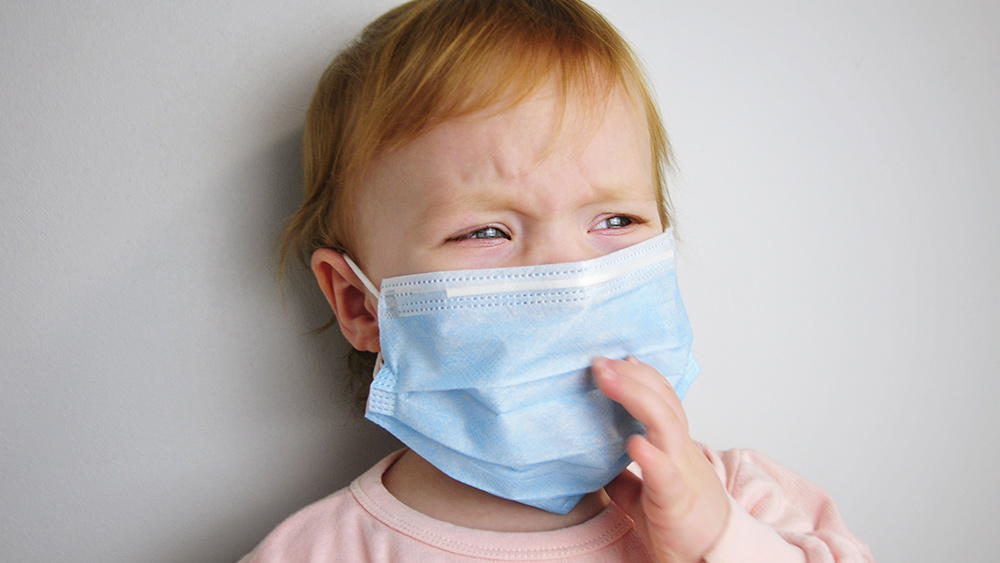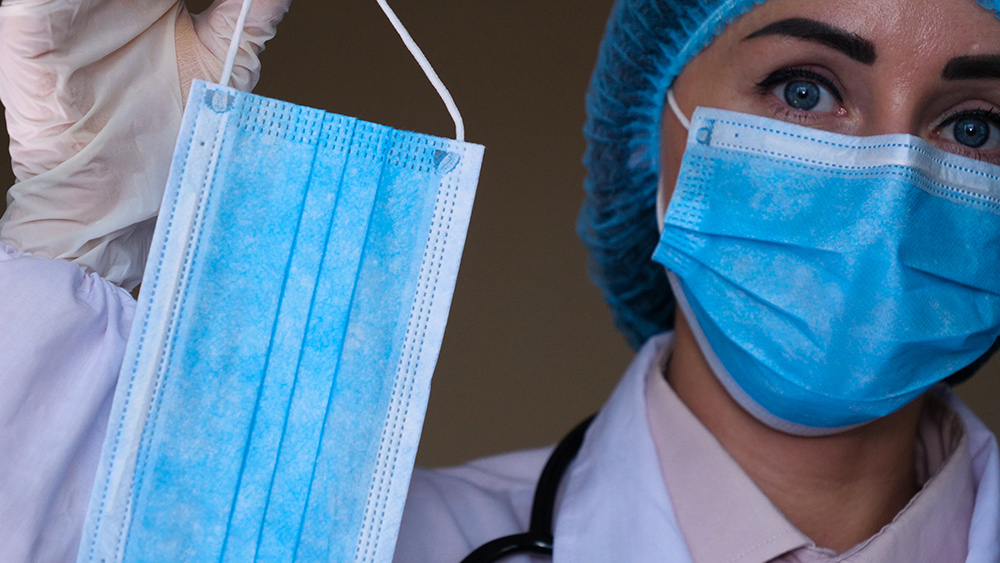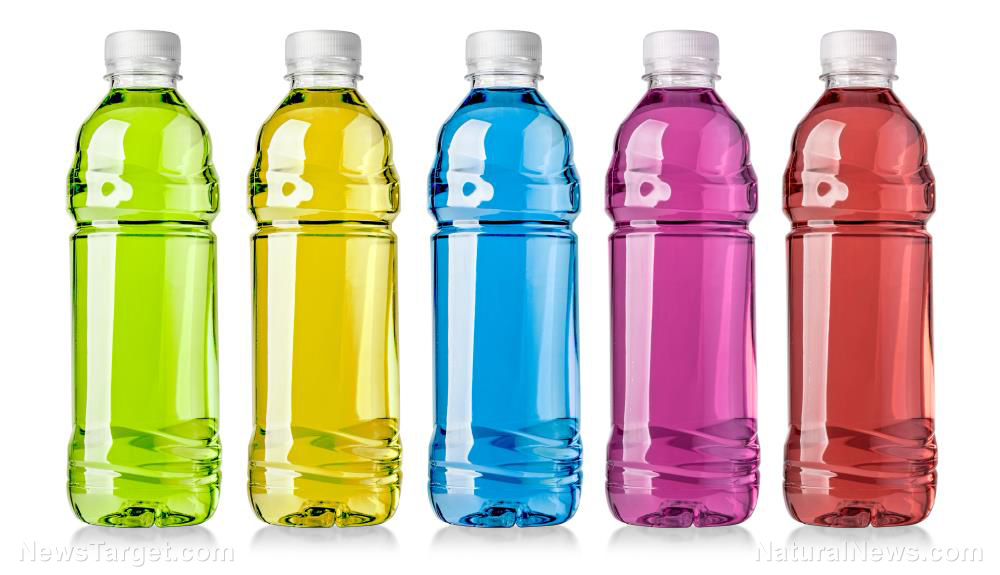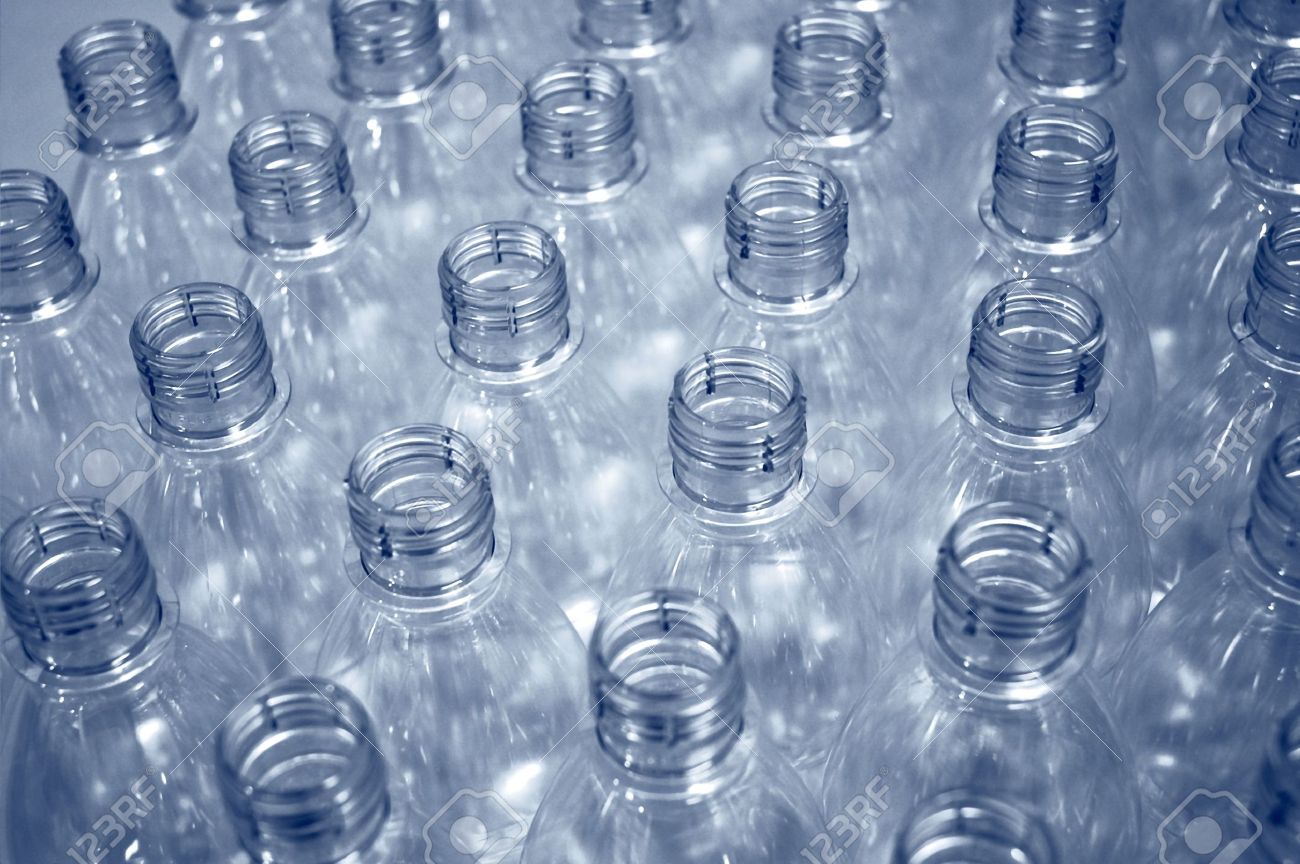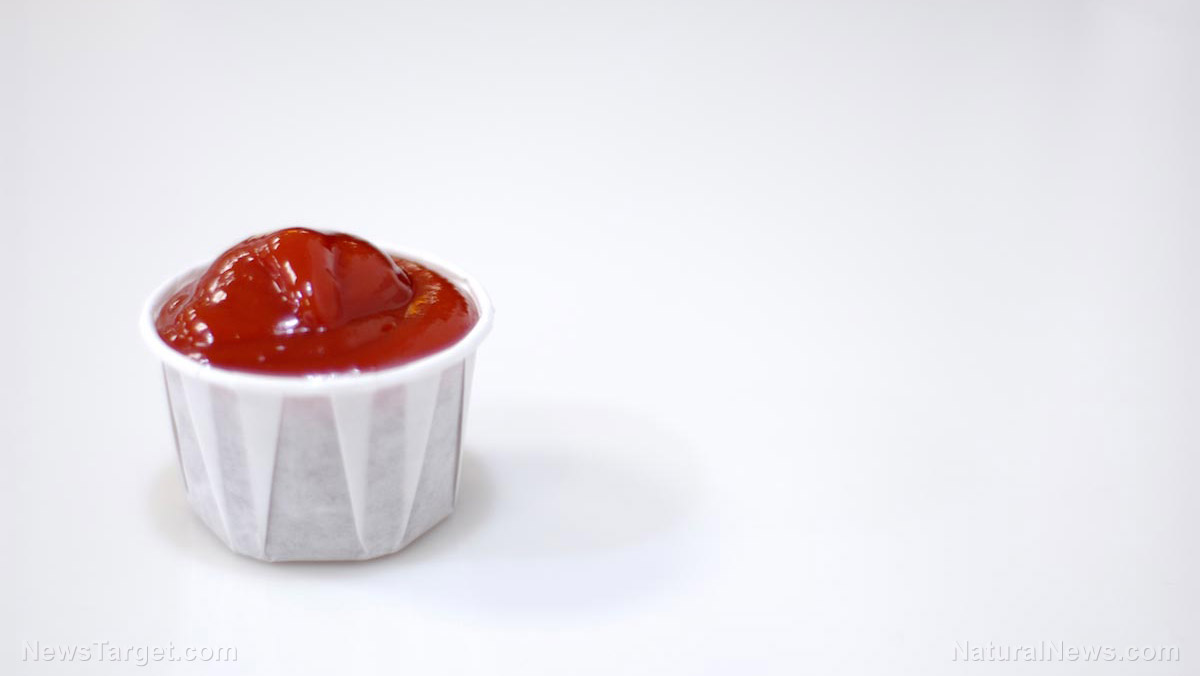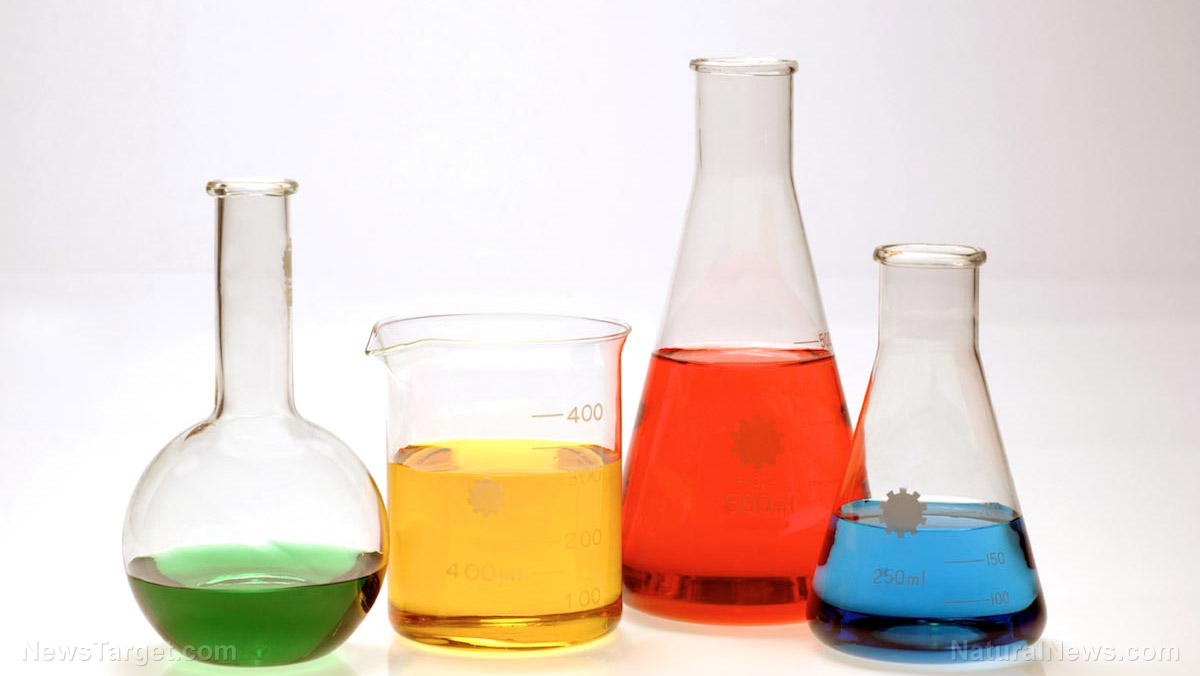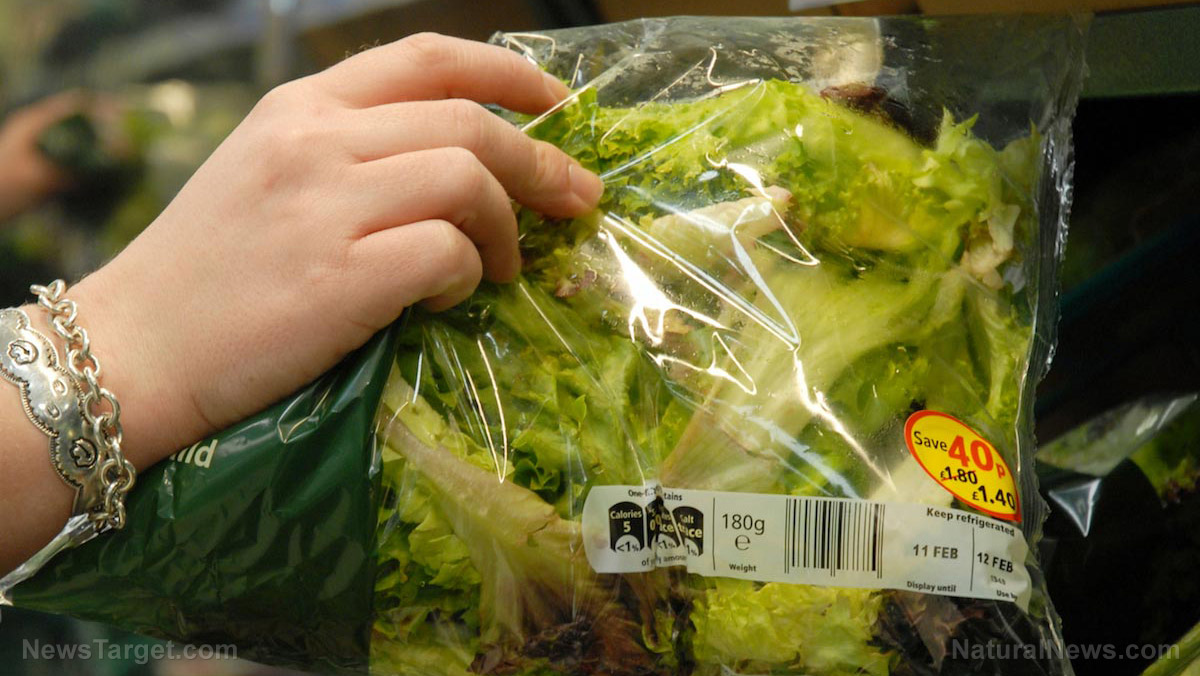A dangerous brew: Plastic teabags release BILLIONS of microplastics particles into your drink
09/10/2020 / By Divina Ramirez

Teabags made from plastic – rather than the usual paper – are fast becoming common around the globe. But tea drinkers ought to steer clear of these plastic teabags after recent tests found that a single bag could shed billions of microplastics into each cup.
In a major breakthrough, scientists from Canada’s McGill University at Montreal found that just one plastic teabag released 11 billion micro-sized plastic particles and 3 billion nano-sized plastic particles, about 750 times smaller than a strand of human hair, after being steeped for five minutes.
The report doesn’t indicate the possible effects of these plastic particles on human health, but it does shed light on the amount of microplastics that people could be ingesting on a regular basis from ubiquitous foods and drinks, including tea. Their findings appeared online in the journal of Environmental Science and Technology.
Drinking a piping hot cup of plastic
For their experiment, first author and chemical engineer Laura Hernandez and her colleagues bought four different teabags from shops and cafes in Montreal.
The researchers then cut open each bag, removed the tea leaves and rinsed them to get rid of debris. Tea leaves also contain oil that would have made it impossible to see the plastics under the electron microscope.
To simulate the brewing process, the researchers steeped the clean teabags in water at 203 F for five minutes before assessing the water under the microscope for potential microplastics.
Hernandez said she and her team were expecting to find just hundreds or thousands of plastic particles. However, their results showed that billions of plastic particles had leached from the teabag.
The researchers also found that the composition of the released plastic particles matched that of the plastic teabags prior to being steeped, thus confirming that the bags did degrade.
Compared to other foods found to contain microplastics, the amount found in just one teabag is also several times higher, said corresponding author Nathali Tufenkji.
Each gram of table salt, for instance, contains about 0.005 micrograms (mcg) of plastic particles. This is already considered to be high. In contrast, the researchers’ cup of tea contains about 16 mcg of plastic particles. (Related: Over 90 percent of salt brands contain MICROPLASTICS, scientists find.)
In a second experiment, Hernandez and her colleagues also exposed water fleas to the contaminated water to assess the potential effects of microplastic ingestion.
Ingestion of the plastic particles did not kill the fleas, but it did lead to some significant malformations and behavioral abnormalities.
For instance, some of the fleas failed to develop a normal upper shell. Meanwhile, others were able to swim for longer distances compared to those not exposed to the microplastics.
Despite these disconcerting findings, there is still no empirical evidence to date regarding the possible harmful effects of microplastic ingestion on human health, said Hernandez.
However, people ingest microplastics on a regular basis from other sources, not just from tea. Therefore, these findings highlight the need for scientists to look into the health risks that microplastics pose to human health.
Minimizing the risk of microplastic ingestion
The lack of known health risks associated with microplastic ingestion doesn’t mean that people shouldn’t aim to reduce their consumption of foods and drinks that could contain microplastics.
For starters, people can opt for paper teabags or loose-leaf tea instead of plastic teabags, said Lisa Lefferts, a senior scientist at the consumer watchdog Center for Science in the Public Interest in Washington, D.C.
However, it’s also important to complement these steps with measures that address existing bad habits like smoking or drinking, she added.
Read more articles about the health risks that microplastics pose to human health at Microplastics.news.
Sources include:
Submit a correction >>
Tagged Under:
food contamination, food poisoning, food safety, food science, grocery, microplastics, particulate matter, plastics
This article may contain statements that reflect the opinion of the author
RECENT NEWS & ARTICLES
Microplastics.News is a fact-based public education website published by Microplastics News Features, LLC.
All content copyright © 2018 by Microplastics News Features, LLC.
Contact Us with Tips or Corrections
All trademarks, registered trademarks and servicemarks mentioned on this site are the property of their respective owners.







